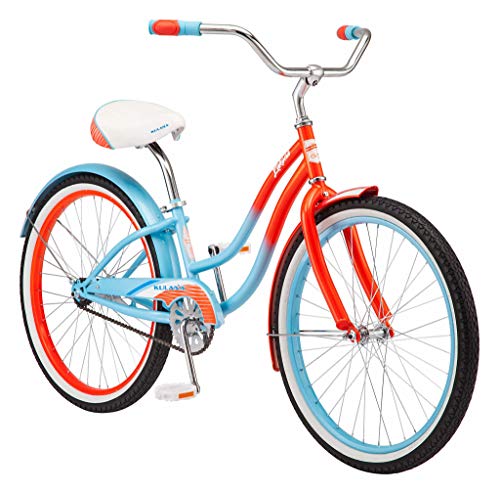- Joined
- Jan 28, 2012
- Messages
- 425
- Reaction score
- 2,059
Sorry if this topic has been covered on here, I searched around a bit and came up empty handed. I have a custom grip I'd like to make. I've been watching Youtube tutorials on how to do casting but I've never done it and was wondering if anyone had much experience with this and could steer me in the right direction. I'm mostly just a bit stumped on what products to use, there seems to be quite an array of materials and manufacturers. I just want to make a grip that has the same look and feel of an original grip from the 30's/40's. I'm not looking to make a grip that is so authentic that it is the same chemical composition, it just needs to be convincing. I'm also not 100% sure what the mold for a grip should look like. I have a plan for how to do it but since this is something that has been done a million times I'd love to see what the most proven method would be. Any advice from people with real world experience in this field would be greatly appreciated. Thanks




















































